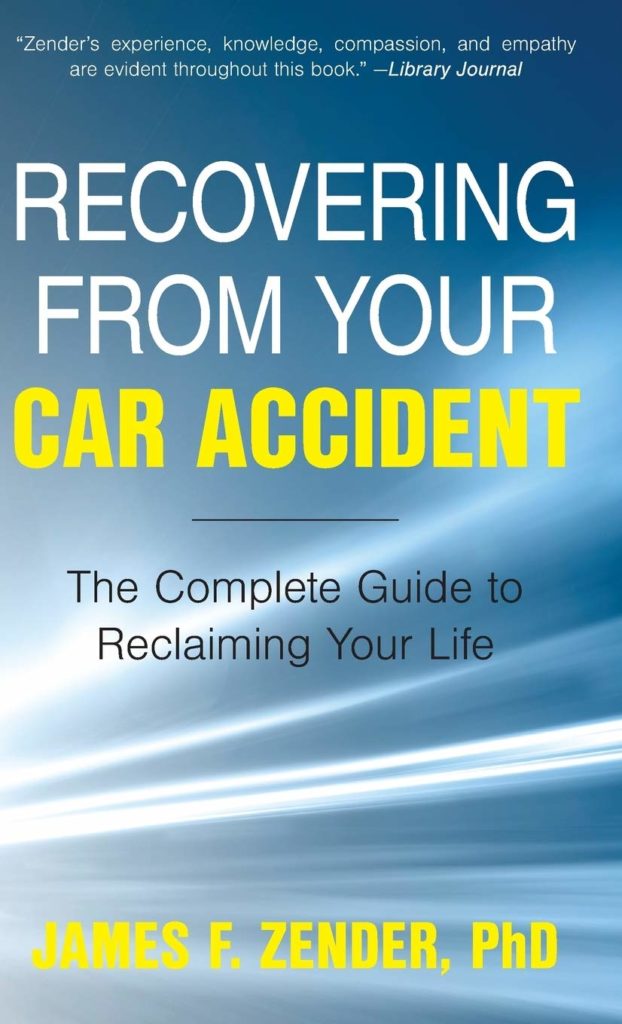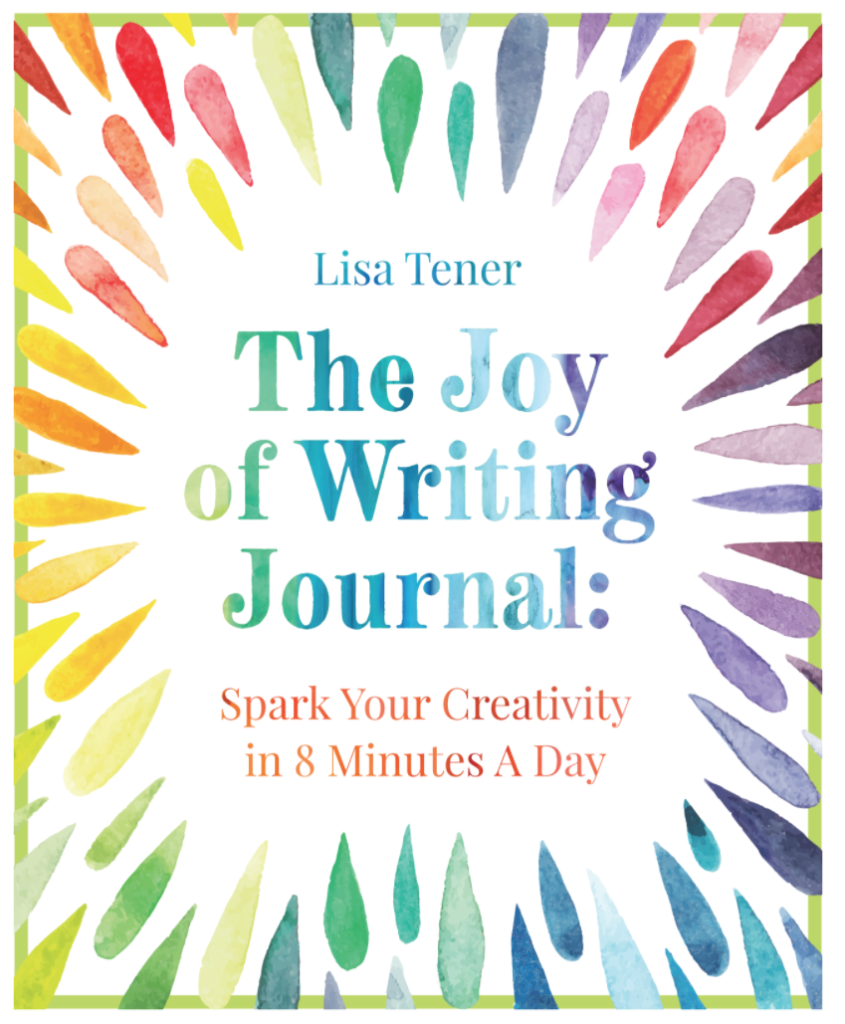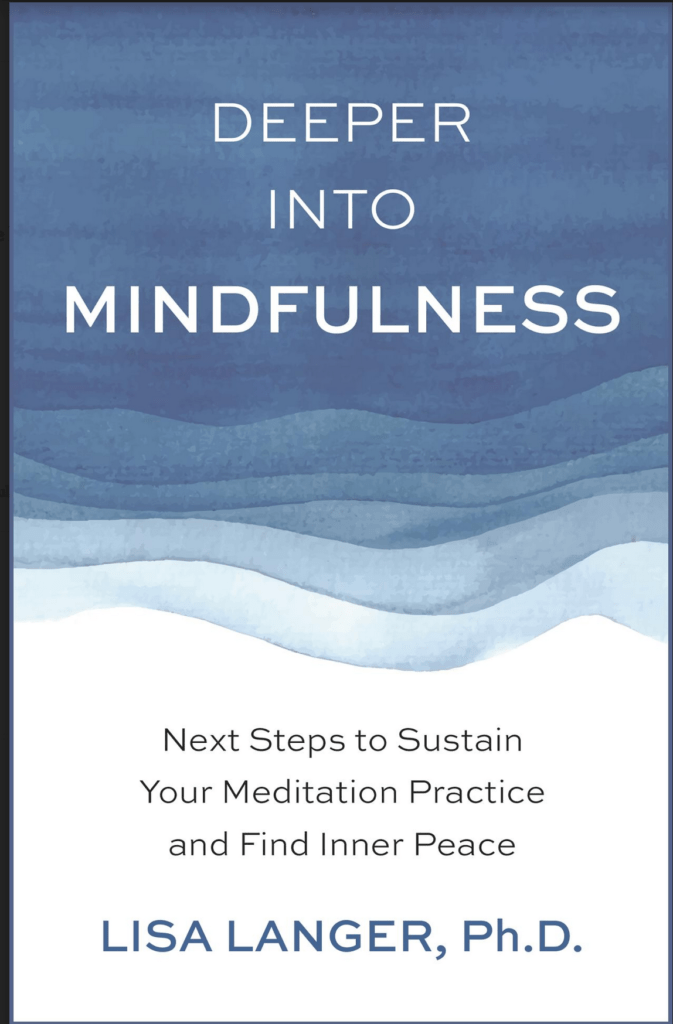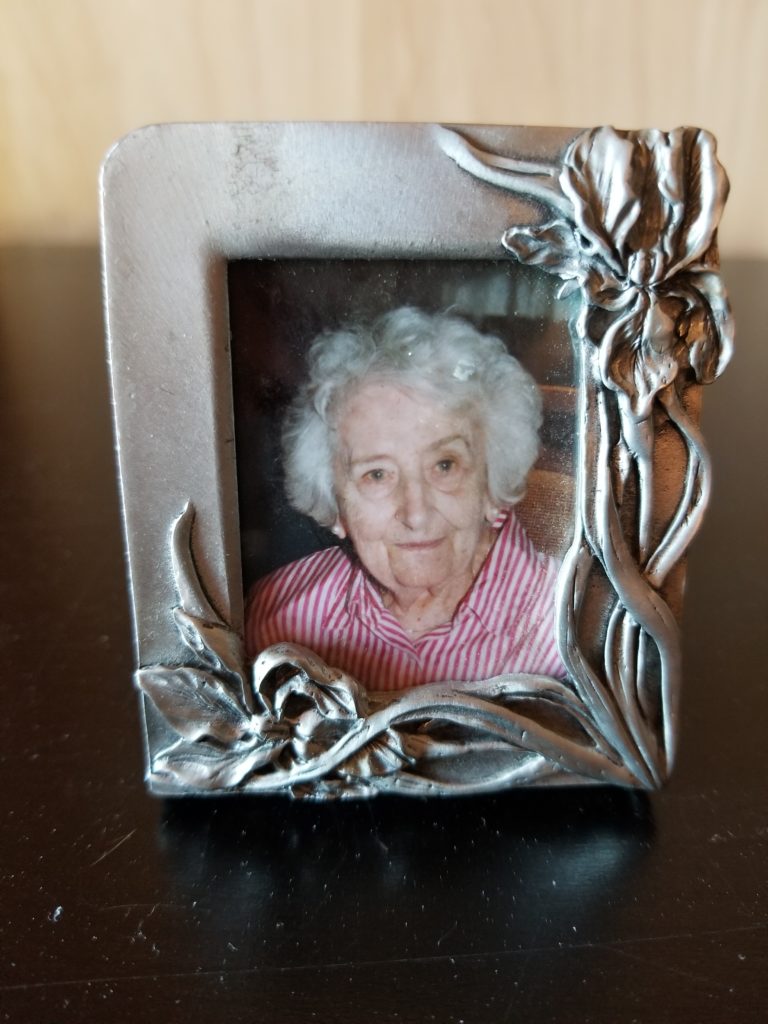The most compelling nonfiction writing goes deep, whether self help (the vulnerability of Brene Brown), memoir (the uncensored, raw and self deprecating humor of Mary Karr) or other narrative nonfiction.

Yet, I can remember as a young writer, still in college, wondering how to dig deep. I could do it when I wrote poetry or journaled but my prose seemed to stumble on the surface. As a book coach and book editor, it’s my job to help my clients explore deeper in each successive draft of their book.
Rage on the Page
Imagine the Taoist yin/yang symbol. In the center of the darkness is the seed of light and in the center of the light is the seed of darkness. A compelling story embodies both the light and the dark.
Your first draft may scratch the surface of things with a light touch. If so, your job is to uncover the stories and emotions that take us deeper.
Alternatively, your first draft may explode with anger or fear or sadness. This is an important step—for you to be in touch with your feelings and experiences. Go for it. Be true to where you are (or were then) emotionally.

It may take a few drafts, even, to fully express your feelings. That’s fine. Give yourself permission, knowing that much of this material may go bye-bye in successive drafts of your book.
But then…
The most moving and popular books take us beyond those feelings of rage on the page, or a two dimensional experience. They show growth and change in the narrator (you). In fact, when you experience catharsis in writing your book, you offer your readers the opportunity for their catharsis as well. A powerful healing for author and reader. This applies to anecdotes (in self-help or how-to books, for example), as well as narrative nonfiction.
How do you transform blame or resentment or rage?
Find the Light in Your Story
You’ve explored the darkness; now it’s time for the light to shine. Let’s return to the Taoist yin/yang symbol. In the center of the darkness is the seed of light and in the center of the light is the seed of darkness. Your villain (if your story has one) surely has the seeds of goodness, or maybe even several attractive qualities.

If you can’t see it, dig into their past (or imagine it). What might make them feel so broken as to lash out and harm others? Who were they before their wounds and what happened to them? When you dig enough to understand that person’s motivation, you begin to have compassion for them. That backstory doesn’t necessarily need to make it onto the page but it will round out your experience of the person to three dimensions (or more!).
I recently referred a client to an editor who suggested she consider the character of her abusive mother. Could she find compassion for her mom? Can she imagine what drove her mother to become this way? Without that exercise, her mom is two dimensional and less interesting. The story lacks depth. The narrator remains in her prison of emotions from the past. And readers remain in a type of prison as well.

Once we start asking questions about her mom’s inner life, entire worlds open up with possibilities.
If your villain is circumstance, rather than a person, can you find compassion for yourself in these circumstances? Can you find the light, even in the times of darkness?
When I heard a radio interview with Julie Gregory about her memoir, Sickened, I originally thought, “That story is so dark; I would never read the book.” The mother is a monster and the circumstances so disturbing (her mom had her undergo dozens of surgeries and take multiple medications, a sickness called Munchausen by proxy).
Then a mutual friend, Jen Senecal, introduced me to Julie and I decided to read Sickened, which turns out to be an extraordinary story. What struck me is the narrator’s connection with nature and her occasional sense of humor in the darkest of circumstances. These healing balms uplifted the whole story (and me as the reader) and they create a strong voice that readers respond to.
You have the power to uplift your readers but first you need to walk the talk. Enter Metta Meditation, a powerful tool for transformation.
My Metta Story

Perhaps you’ve heard of—or even tried—Metta (Loving-Kindness) Meditation.
This meditation is quite powerful for transforming a relationship that causes you pain or challenges you. And it is an amazing tool for writing and life.
When I ran a nonprofit, at one point, I experienced the Chairman of the Board breathing down my neck and questioning each decision I made, micro-managing me. She had just been laid off from her day job and I had the feeling she thought she could do my job better than I could.
I may have been completely wrong about her perspective, but our interactions caused me daily stress and frustration. It left me feeling both threatened and unappreciated. I more than resented her. Underneath burned a fiery rage.

At that time, in yoga class, my teacher introduced the practice of loving-kindness or Metta meditation at the end of class. I practiced this mediation for a month and a miracle happened. Within 30 days I felt love—LOVE!—for this board member that I had previously experienced as a noose around my neck.
Surprisingly, the meditation not only changed me. This board member now treated me with more respect. The old dynamic fell away. Over the years our relationship grew and I developed a profound respect, admiration and affection for her. I “saw” her in a way I had not when my perspective was limited to my emotions of the moment.
How to Practice Metta as a Writing Meditation
Are you ready to experiment and see how a Metta writing meditation can transform you, as a narrator, and offer your readers their own healing, catharsis and insights?
There are many versions of loving-kindness meditation. These are the steps and words I use and recommend as a writing meditation for going deeper in understanding your characters.
The Steps
- Sit in a comfortable position on the floor with legs crossed or in a chair, feeling the connection of your feet or buttocks to the floor and the way the floor (and earth) supports you.
- Allow your spine to gently straighten.
- With hands on your abdomen, below your belly button, breathe deeply through your nose into your belly, noticing the expansion on the inhale.
- Exhale with a sigh.
- Do this breath three or more times.
- Then bring your attention to your heart center.
- You’ll repeat the mantra of 4 or so lines imagining four different recipients of the prayer, starting with yourself, because you need to cultivate loving kindness for yourself before you can send it to others.

The Mantra
In this writing meditation, you send compassion to yourself, then to someone you love, to someone you find difficult or even hate or resent and then to “all beings.”
You can find many variations on the script. You can start with my wording and feel free to change it as you use it so that the words feel right for you (and inspire you).
The general gist is something like this:
- May I be happy.
- May I feel safe.
- May I be free from suffering.
- May I know peace.
Imagine sending this energy to yourself, focusing on your heart as you repeat the prayer silently in your mind. You may repeat it 3 times, or longer if you like.
After you say the prayer (or mantra) for yourself, imagine someone you love standing in front of you and repeat the prayer three or more times as you send love to this person. It can be someone in your story but doesn’t have to be.
- May you be happy.
- May you feel safe.
- May you be free from suffering.
- May you know peace.
Then, imagine someone you resent, hate or fear. Imagine this person standing in front of you. If you are doing the Metta meditation for writing, imagine your villain (or the person who you’ve been writing about with a narrow perspective). Repeat the prayer/mantra as many times as you did for yourself and your loved one.

- May you be happy.
- May you feel safe.
- May you be free from suffering.
- May you know peace.
Lastly, imagine all beings. From your heart, repeat this mantra:
- May all beings be happy.
- May all beings feel safe.
- May all beings be free from suffering.
- May all beings know peace.
Your Turn to Practice & Transform Your Writing Experience
In some versions, the meditator will send loving-kindness to a neutral person before the challenging/difficult person. Feel free to add that step if it’s helpful.

Practice this Metta Writing Meditation for 30 days and see if it affects your relationship to the characters in your anecdotes, memoir or other narrative nonfiction. Does it deepen your understanding of them? Does it help you go deeper with your writing, while providing a sense of safety to you as the explorer?
Have you tried it? Share your experience as a comment below. Feel free to also share your tips, insights and writing (or publishing) questions.
If you’re looking for more tips on writing a memoir. Check out this interview with memoirist and Emerson College professor, Richard Hoffman.



















